Advertisement
MLOps is one of those things that sounds more complicated than it actually is—until you try building and deploying a machine learning model in a real-world setting. Then, you understand why it's not just about writing code or building a model. It’s about making sure everything works together: training, deployment, monitoring, automation, and repeatability. That’s where MLOps steps in.
Now, if you’re just starting or looking to sharpen your skills without breaking the bank, Google has a set of free courses that do a solid job of walking you through MLOps concepts. And the best part? These aren’t watered-down versions. These are official resources developed and supported by the same teams behind Google Cloud and TensorFlow.
Let's get straight into it—no fluff, no roundabout explanations. Here are eight free MLOps courses offered by Google that are actually worth your time.
If you’re new to MLOps, start here. This course is part of the Google Cloud Skill Boosts program and lays out the basics in a way that actually sticks. You’ll learn about the lifecycle of ML models, why traditional DevOps isn’t enough for ML, and how MLOps brings structure to the chaos.

What’s useful about this course is that it doesn’t assume you already know everything. You’ll walk away with a clear understanding of how data pipelines, training pipelines, and CI/CD all connect. The pace is manageable, and the explanations feel practical, not overly theoretical.
This one focuses on building and managing pipelines using TFX (TensorFlow Extended) and Kubeflow. If you're interested in automating training and deployment, this is the course that connects the dots.
Expect to learn how to build a reproducible and scalable ML workflow. The labs are hands-on, and if you're the kind of person who prefers doing over watching, this will make a lot of sense. You’ll also get exposure to tools like AI Platform Pipelines, which is useful if you're thinking about running models at scale.
This is part of the Advanced Machine Learning on Google Cloud specialization. While the title might sound intense, the material is well-organized and approachable if you already have a basic ML foundation.
This course does a good job of highlighting the not-so-glamorous parts of ML: model testing, monitoring, rollback strategies, and version control. These topics often get skipped, but they’re critical once you move beyond notebooks and into systems that real users depend on.
Google’s Vertex AI is their one-stop platform for ML development, and this course is a simple way to get your feet wet. You'll learn how to use Vertex AI for everything from training to serving models. It ties MLOps practices into the platform, so you're not just learning concepts—you're seeing them in action.
This one stands out because it’s centered around actual workflows. You get to work through an example project where you take a model from training to deployment with minimal manual steps. It’s a good balance of automation and customization, which makes it easier to adapt to different use cases.
Once you’ve completed the intro course, this is the next step. It picks up where the last one left off and goes deeper into automation, monitoring, and scaling. Think of it as a blueprint for building a full-stack ML system with MLOps practices baked in.
What helps here is the emphasis on integration. You’ll see how Vertex AI works alongside Cloud Build, Cloud Functions, and other tools in the Google ecosystem. It’s not just about writing Python code anymore—it’s about stitching services together to create something that can run without constant oversight.
This one is more technical and infrastructure-heavy. If you’re looking to understand what’s happening under the hood—compute, storage, networking—this course is a solid pick. It covers infrastructure planning for ML workloads and how to optimize training and inference jobs.
You won’t just learn what tools are available; you’ll understand when and why to use them. And that’s useful when your project starts scaling up or if you're working in a team where infrastructure decisions matter.
While not strictly labeled as an MLOps course, this course fits into the MLOps picture really well. Feature engineering is a huge part of building reliable pipelines, and this course addresses it from a system design perspective.
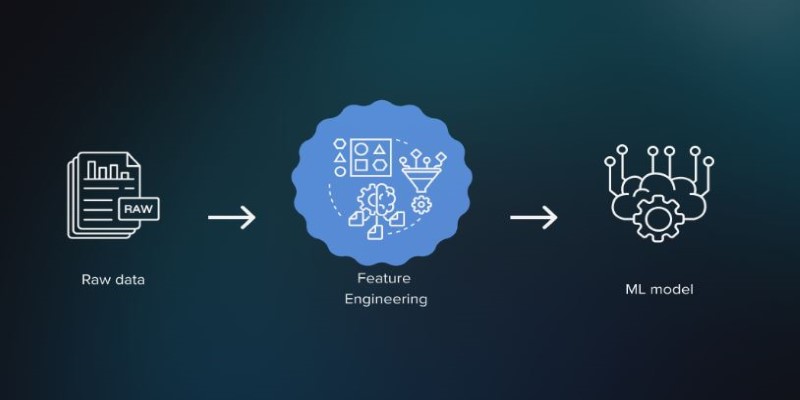
You’ll learn how to create and maintain features in a way that supports training and serving environments consistently. That matters because data drift and inconsistent features are among the main reasons ML models fail in production. This course teaches you how to prevent that before it becomes an issue.
This one zoom in on CI/CD for ML systems. It teaches you how to implement automation pipelines that test, validate, and deploy ML models with minimal manual intervention.
The focus is on Git-based workflows, containerization using Docker, and model versioning—all critical parts of a working MLOps setup. The real value here is learning how to move fast without breaking things. You can experiment, iterate, and ship updates, knowing you’ve got a safety net in place.
MLOps isn’t just a buzzword. It’s how you take machine learning out of the lab and into the real world—where things change, models degrade, and systems break if you don’t plan ahead. Google’s free courses don’t just explain this—they show you how to build systems that can handle all of it.
Whether you’re looking to learn the basics or build production-ready pipelines, there’s something in these eight courses for you. And since they’re free, there’s no real reason not to start. Pick one that fits where you are right now, and build from there. No pressure, no deadline. Just learning that actually sticks.
Advertisement

Tired of missed calls and endless voicemails? Learn how Synthflow AI automates business calls with real, human-like conversations that keep customers happy and boost efficiency

Learn how to build an AI app that interacts with massive SQL databases. Discover essential steps, from picking tools to training the AI, to improve your app's speed and accuracy

Wondering how numbers can explain real-world trends? See how regression analysis connects variables, predicts outcomes, and makes sense of complex data
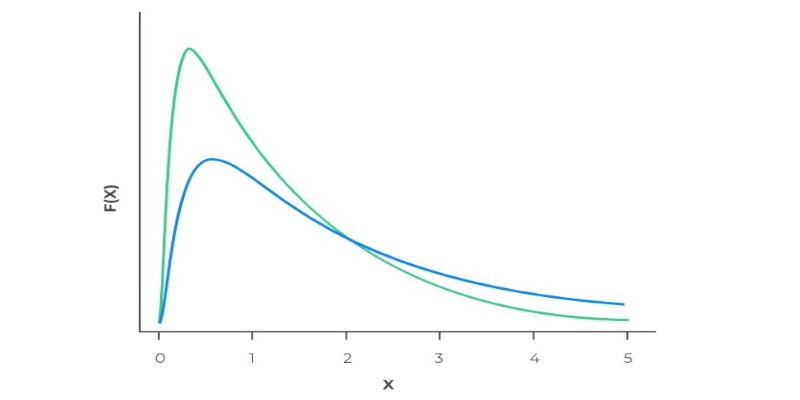
Ever wonder why real-world data often has long tails? Learn how the log-normal distribution helps explain growth, income differences, stock prices, and more

The Dead Internet Theory claims much of the internet is now run by bots, not people. Find out what this theory says, how it works, and why it matters in today’s online world

Explore the top 8 AI travel planning tools that help organize, suggest, and create customized trip itineraries, making travel preparation simple and stress-free
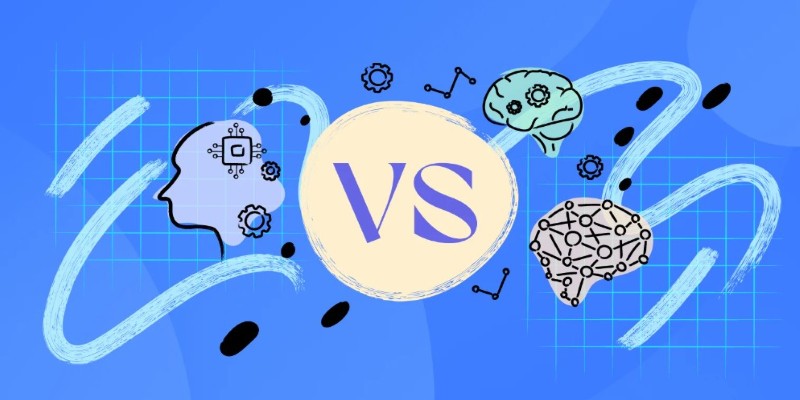
Confused about machine learning and neural networks? Learn the real difference in simple words — and discover when to use each one for your projects
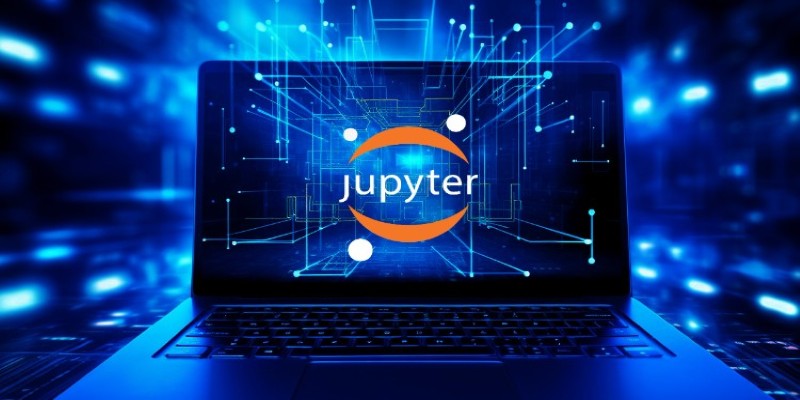
Looking for a better way to code, research, and write in Jupyter? Find out how JupyterAI turns notebooks into powerful, intuitive workspaces you’ll actually enjoy using
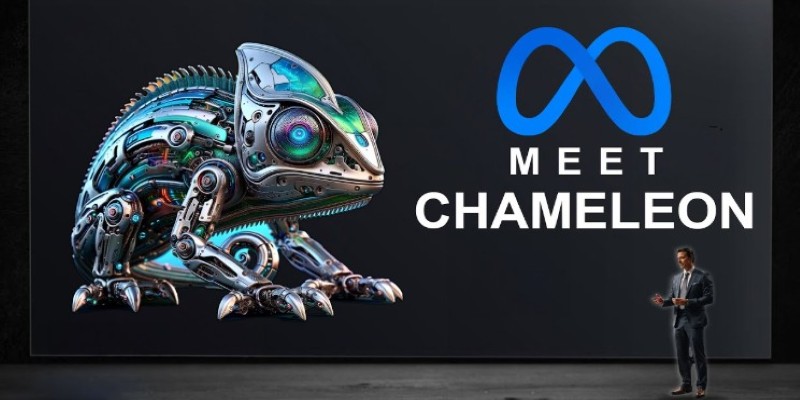
Looking for smarter AI that understands both text and images together? Discover how Meta’s Chameleon model could reshape the future of multimodal technology

Wondering if there’s an easier way to add up numbers in Python? Learn how the sum() function makes coding faster, cleaner, and smarter
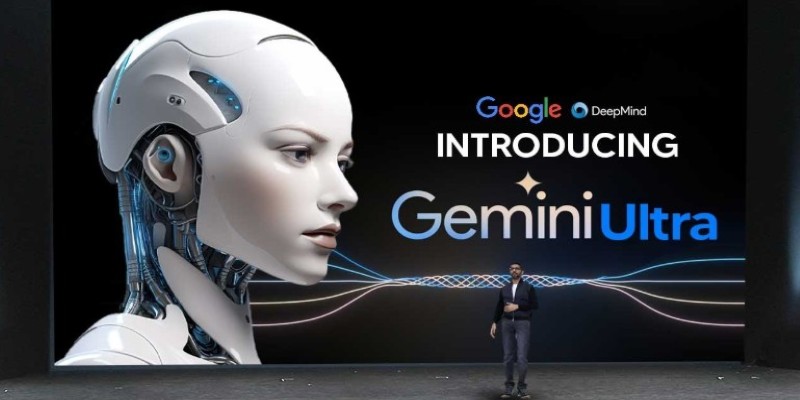
Get a clear overview of Google's seven Gemini AI models—each built with a unique purpose, from coding assistance to fast response systems and visual data understanding

Wondering how everything from friendships to cities are connected? Learn how network analysis reveals hidden patterns and makes complex systems easier to understand